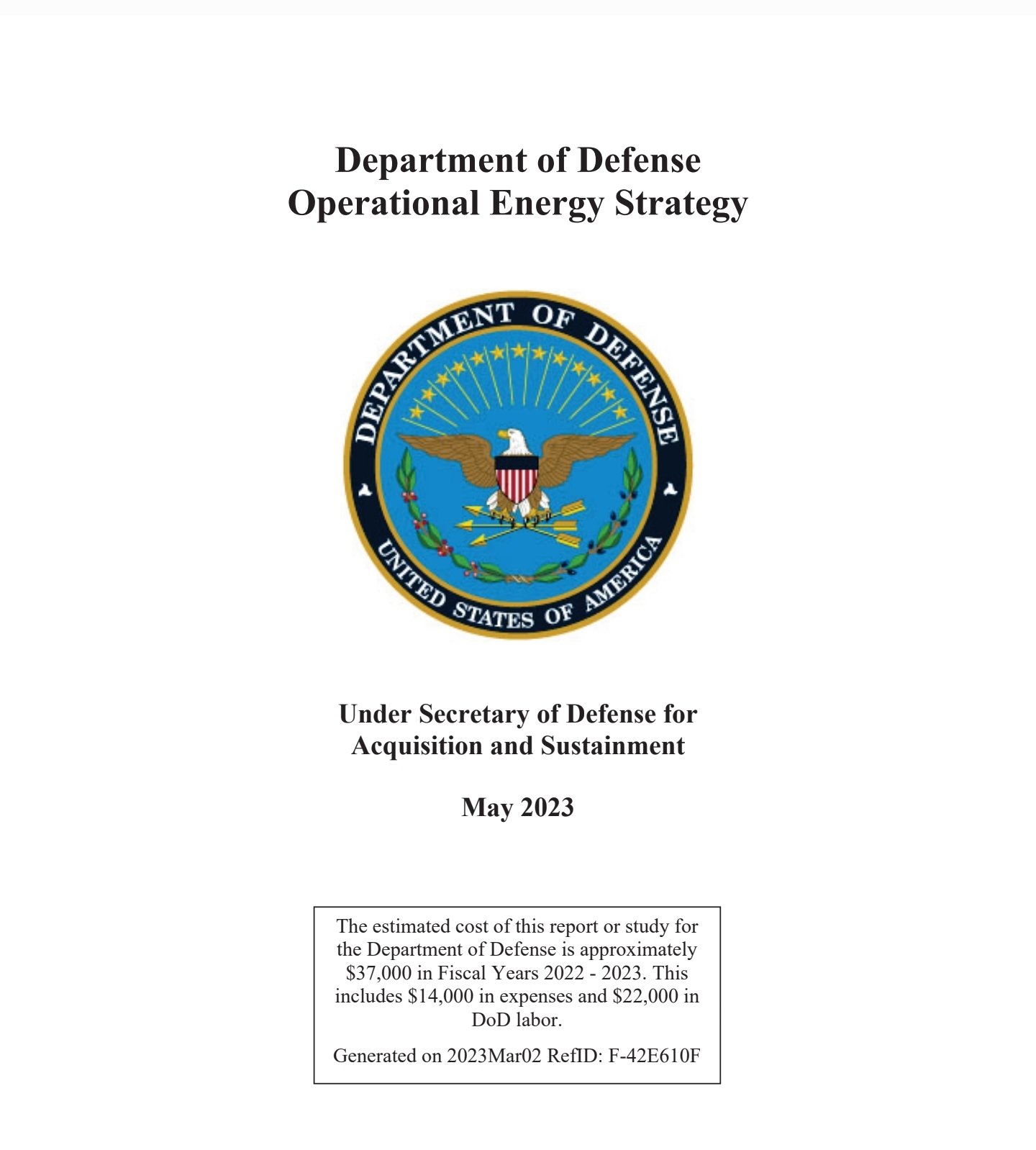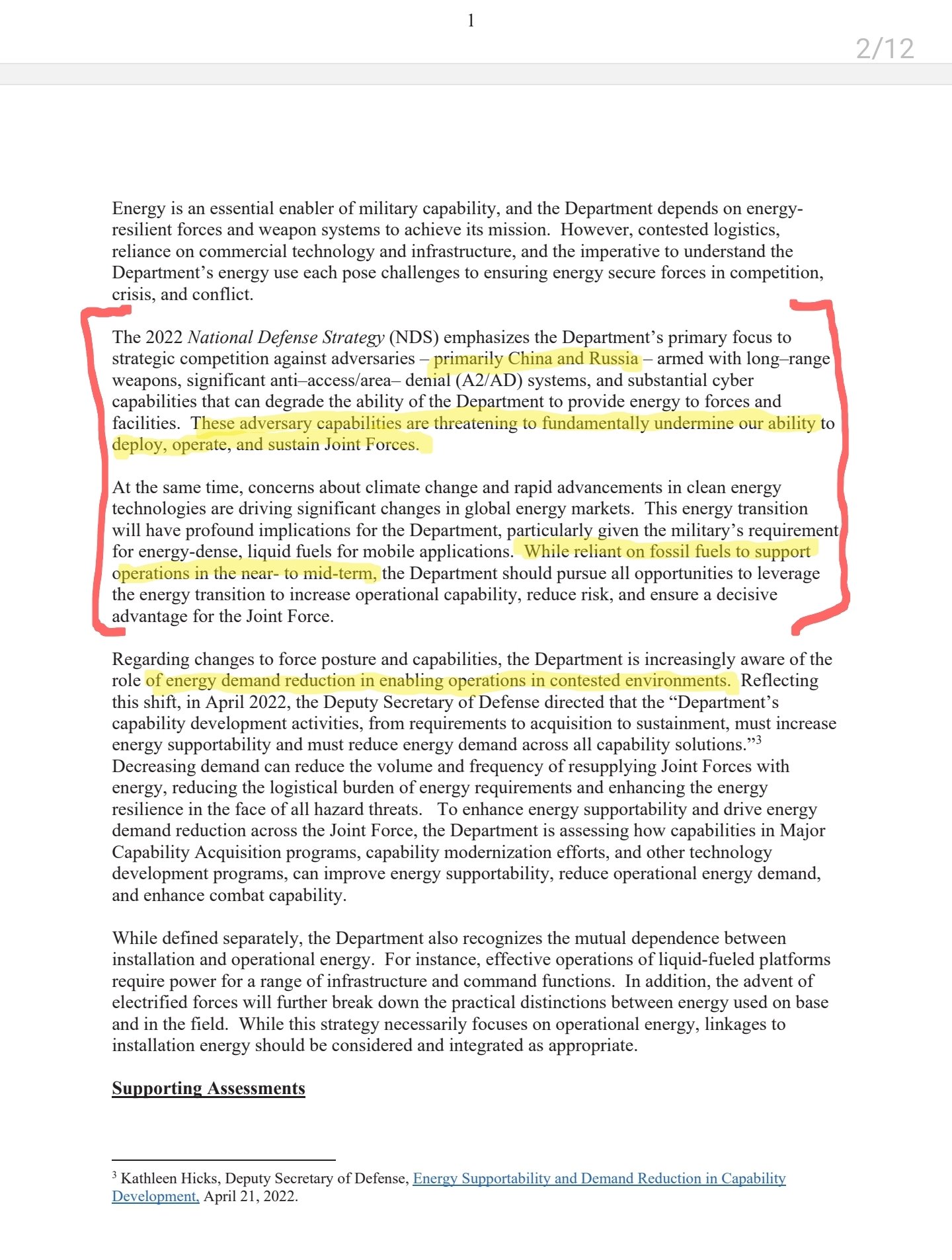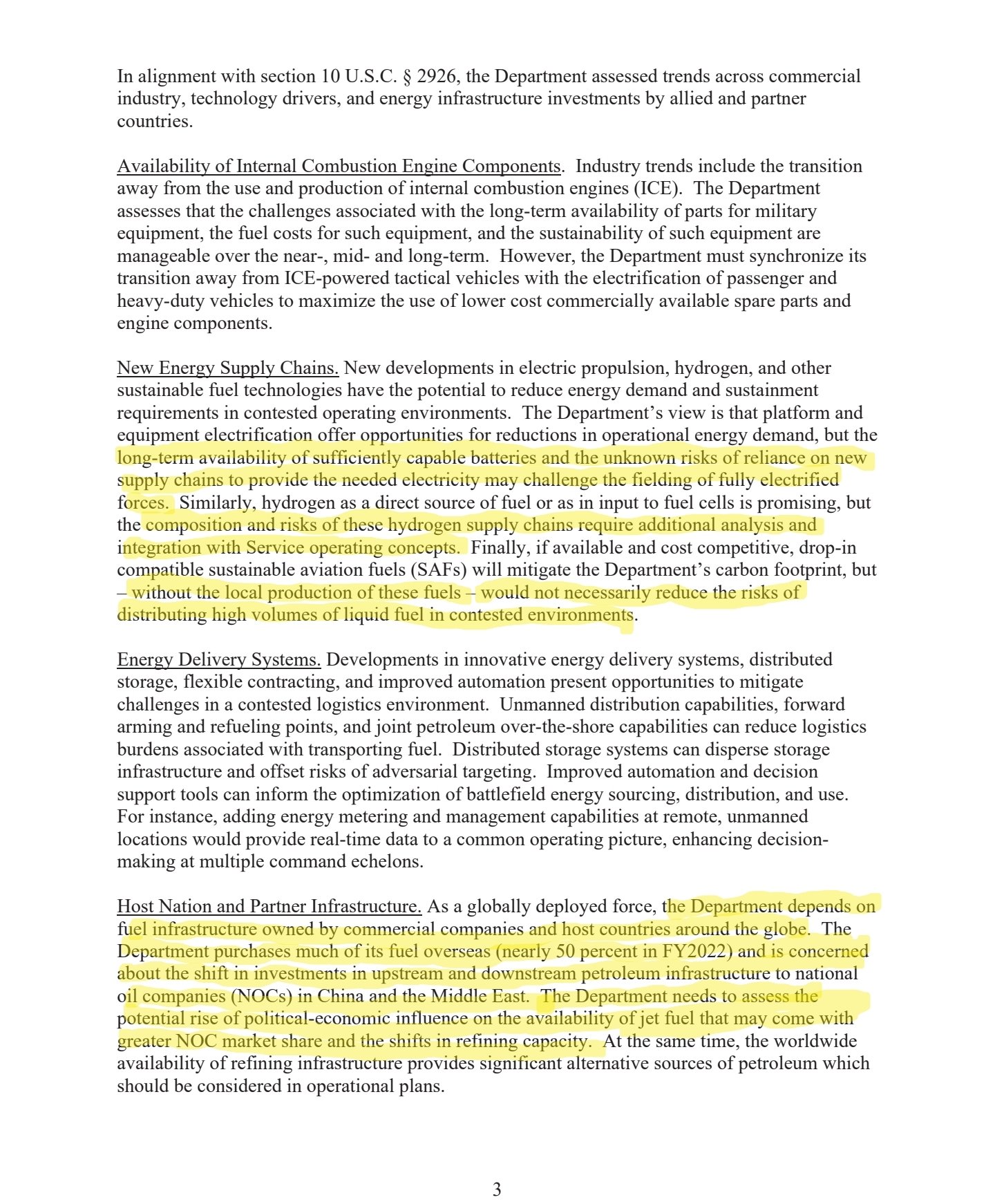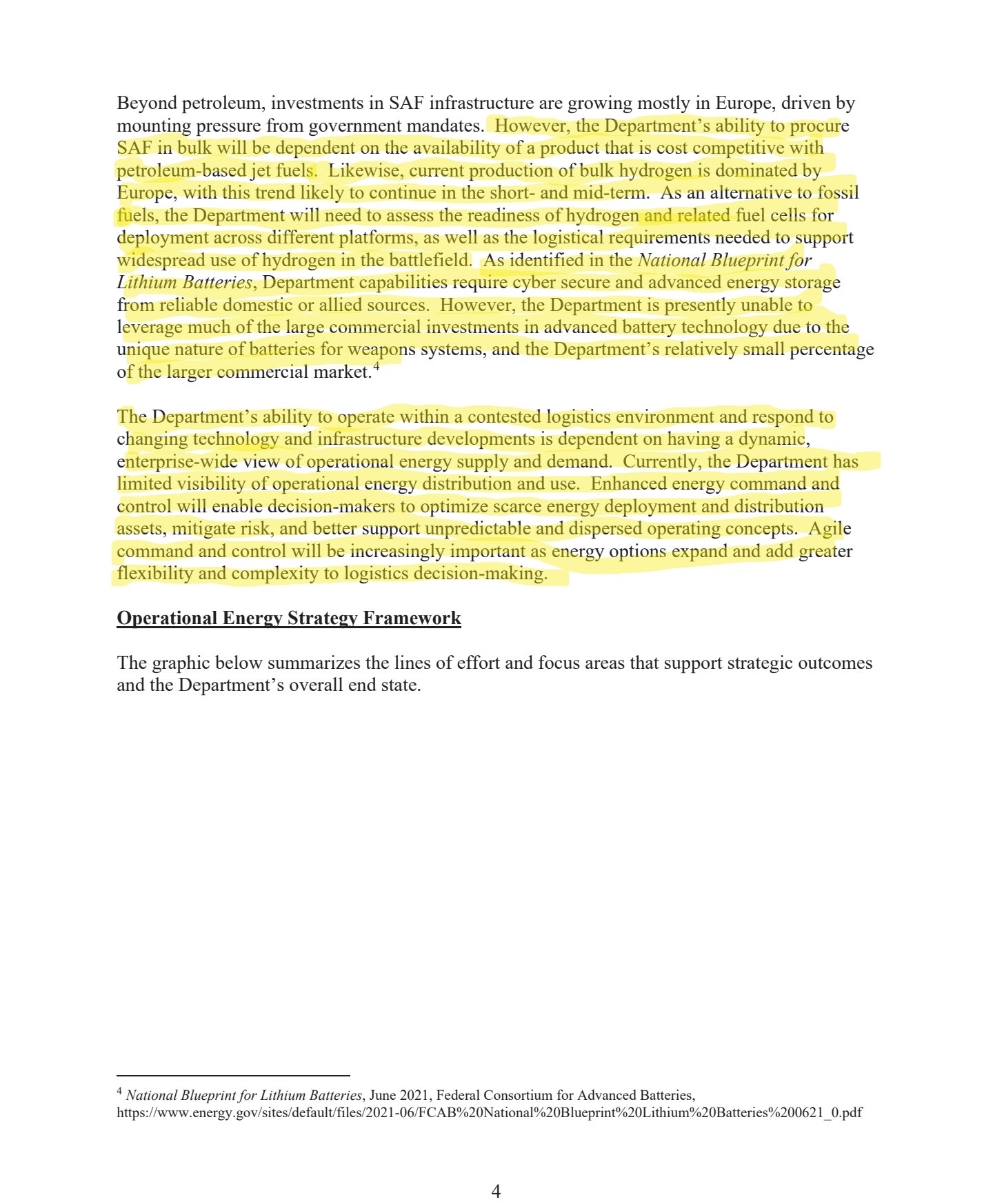US yielding its submarine warfare edge over China
China’s rapid advancements in submarine technology and detection capabilities are challenging the US’s long-established dominance in undersea warfare and posing a threat to its crucial submarine operations in the Pacific.
The Wall Street Journal (WSJ) reported that recent developments indicate a narrowing gap in submarine capabilities between the two rivals, with significant implications for US military planning including for a potential Chinese invasion of Taiwan.
In one example, a new Chinese nuclear-powered attack submarine was recently observed with a pump-jet propulsion system, a noise-reducing technology previously seen only on the latest US submarines, the WSJ reports says.
Satellite images have also revealed larger hull sections at China’s submarine manufacturing base at Huludao, suggesting increased production capabilities.
The WSJ says that China has enhanced its ability to detect enemy submarines, constructing an underwater sensor network known as the “Underwater Great Wall” in strategic regions like the South China Sea and near Guam.
The report suggests that the sonar network, improved patrol aircraft and helicopters equipped to collect sonar information have significantly bolstered China’s submarine detection capabilities.
The US has responded by deploying more naval resources to the Pacific and increasing coordination with allies. However, experts have argued that the US needs new strategies and resources to address China’s evolving undersea threat.
In particular, they mention the need for more patrol aircraft and attack submarines to track and potentially target quieter Chinese submarines.
WSJ says the changing undersea dynamics are relevant to a potential Chinese invasion of Taiwan. It notes that US submarines would be crucial and potentially decisive in such a scenario, but improved Chinese capabilities could complicate and undermine their operations.
At the same time, the
US faces challenges in maintaining its current fleet size due to retirements and low production rates, highlighting the need for strategic adjustments in the face of a more capable Chinese submarine force.
Aside from pump jet propulsion and increased submarine production capability, Asia Times has reported on China’s recent submarine technology advancements.
Asia Times reported in September that Chinese researchers have developed a groundbreaking terahertz-based submarine detection technology, marking a significant advance in underwater warfare capabilities. The technology has the potential to challenge significantly US submarine operations.
The new detection device operates in the terahertz frequency range between microwave and infrared radiation and can identify minute surface vibrations, as small as 10 nanometers, created by low-frequency sound sources in the open sea.
These vibrations can locate submarines and gather intelligence for analyzing noise signatures to determine a submarine’s model. The technology, which could be incorporated into underwater drones, represents a considerable leap in identifying and potentially countering stealthy US submarine operations.
Furthermore, Asia Times reported in August that Chinese researchers have used computer modeling to identify the tiny bubbles produced by nuclear submarines, which previously went nearly undetected.
They discovered that the extremely low frequency (ELF) signals generated by these bubbles are much stronger than the sensitivities of current advanced magnetic anomaly detectors.
These bubbles form due to shifts in kinetic and potential energy as a submarine cruises, leading to turbulence and an electromagnetic signature through the magnetohydrodynamic (MHD) effect.
Non-acoustic detection techniques have been known for decades but are only now becoming practical due to advancements in computing power. Improving sensor resolution, processing power and machine autonomy will expand the range of detectable signals, enabling the distinction of previously indistinguishable signals.
Russia may also boost China’s submarine technology, with China possibly building its next-generation submarines with the help of Russian technical expertise.
In October, Asia Times reported on China’s possible collaboration with Russia in building its Type 096 nuclear ballistic missile submarine (SSBN), which is expected to be operational within the decade.
The Type 096 may benefit from Russian technological assistance, particularly in enhancing its stealth capabilities. The Type 096 is anticipated to match
state-of-the-art Russian submarines in stealth, sensors and weaponry, significantly complicating US and allied efforts to monitor and track China’s submarines in Pacific theaters.
The Type 096’s development may be influenced by Russia’s advanced submarine technology, especially in areas like quieting and nuclear propulsion.
Russia assisted previously with China’s Type 093 nuclear attack submarine (SSN), which makes it plausible that the Type 096 will be no exception.
The collaboration can be part of the “no limits” strategic partnership between the two nations, with China benefiting from Russia’s expertise and Russia depending more on China due to Western sanctions.
The partnership may also extend to the supply of highly enriched uranium from Russia’s state-owned nuclear company Rosatom to China. This uranium could be used for nuclear weapons or as fuel for China’s nuclear submarines.
Submarines are poised to be the capital ships of a potential US-China conflict over Taiwan.
In a March 2023 article for the US Naval Institute, Mike Sweeney mentions that submarines, rather than aircraft carriers, will dominate future naval warfare.
Sweeney says surface vessels would be too vulnerable against land-based aircraft, anti-ship missiles and submarines, thus making undersea warfare more pivotal.
Regarding China’s underwater warfare capabilities, he argues that China’s naval modernization has yet to catch up with the US in nuclear submarine technology. He argues that China’s antisubmarine warfare capabilities have historically been underinvested in.
He says China still needs to enhance its undersea warfare capabilities to become a global naval power. At the same time, Sweeney acknowledges that the US Navy’s submarine forces face limitations in the Pacific due to numerical constraints, maintenance cycles, and global commitments.
He notes a shift towards funding Columbia-class SSBNs could potentially impact the availability of other submarine types such as the Virginia-class SSN and the unique capabilities of Ohio-class cruise missile nuclear submarines (SSGN).
He suggests that to improve US undersea warfare capabilities vis-a-vis China, the US Navy should consider diverting some Columbia-class SSBNs to conventional roles or introduce SSGN derivatives earlier than scheduled.
Sweeney notes that the transition to submarine-based naval power is necessary for maintaining US superiority in the current strategic landscape, similar to the US Navy’s past shift in emphasis from battleships to aircraft carriers.
https://asiatimes.com/2022/01/sink-...edposts_origin=751181&relatedposts_position=0
China's rapid advancements in submarine technology and detection capabilities are challenging the US’s long-established dominance in undersea warfare and

asiatimes.com








 asiatimes.com
asiatimes.com
